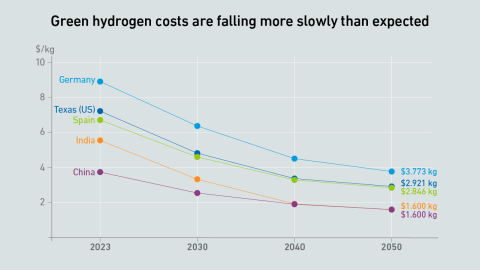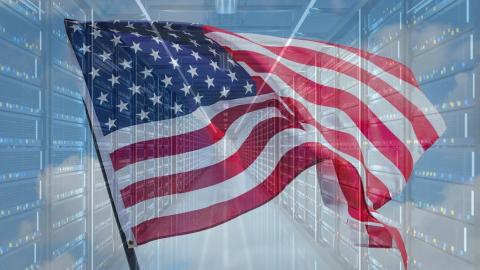Large data centers can affect grid power quality, inviting community scrutiny. Best practices already protect power quality in facilities and grids, but operators may need to increase monitoring and publicize their efforts.
filters
Explore All Topics
This report highlights some of the findings from the Uptime Institute Capacity Trends and Cloud Survey 2024. Findings offer insight into what is driving capacity expansion.
On average, cloud apps achieve availabilities of 99.97% regardless of their architecture. However, for the unlucky few that experience issues, a dual-region design has five times less downtime than one based on a single data center.
SMRs promise to usher in an era of dispatchable low-carbon energy. At present, however, their future is a blurry expanse of possibilities rather than a clear path ahead, as key questions of costs, timelines and operations remain.
Results from Uptime Institute's 2025 AI Infrastructure Survey (n=1,062) focus on the data center infrastructure currently used or being planned to use to host AI Training and AI Inference, as well as future industry outlooks on the usage of AI. The…
Rapidly increasing electricity demand requires new generation capacity to power new data centers. What are some of the new, innovative power generation technology and procurement options being developed to meet capacity growth and what are their…
When building cloud applications, organizations cannot rely solely on cloud provider infrastructure for resiliency. Instead, they must architect their applications to survive occasional service and data center outages.
Agentic AI offers enormous potential to the data center industry over the next decade. But are the benefits worth the inevitable risks?
The European Commission, with the assistance of operators, needs to correct ambiguities in the EED reporting processes. Industry solutions can improve the quality and completeness of the submitted data.
This report highlights some of the findings from the Uptime Institute Capacity Trends and Cloud Survey 2024. In particular, this report offers an insight into what drives migration to and from the public cloud.
The European Commission will soon publish its delegated report, recommending a data center rating scheme and performance standards. The accelerated timeline is too short to facilitate meaningful evaluation of these topics.
The emergence of the Chinese DeepSeek LLM has raised many questions. In this analysis, Uptime Intelligence considers some of the implications for all those primarily concerned with the deployment of AI infrastructure.
Operators and investors are planning to spend hundreds of billions of dollars on supersized sites and vast supporting infrastructures. However, increasing constraints and uncertainties will limit the scale of these build outs.
The cost of low-carbon green hydrogen will be prohibitive for primary power for many years. Some operators may adopt high-carbon (polluting) gray hydrogen ahead of transitioning to green hydrogen
The New York state senate recently proposed legislation mandating data center information reporting and operational requirements. Although the Bill is unlikely to pass, the legislation indicates a likely framework for future regulation
 Jacqueline Davis
Jacqueline Davis
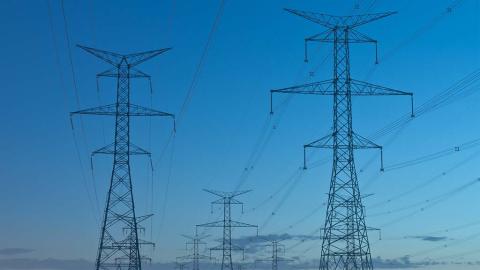
 Rose Weinschenk
Rose Weinschenk
 Douglas Donnellan
Douglas Donnellan
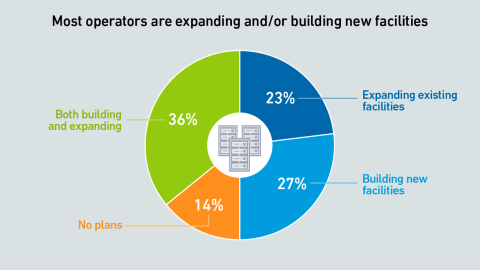
 Dr. Owen Rogers
Dr. Owen Rogers
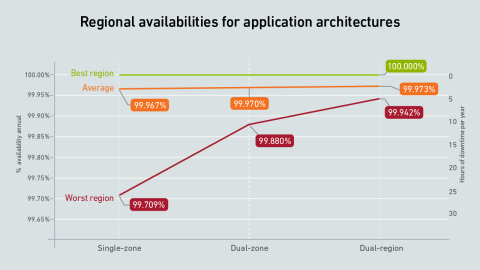
 Daniel Bizo
Daniel Bizo
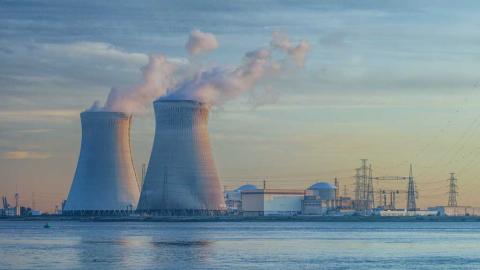
 Paul Carton
Paul Carton
 Anthony Sbarra
Anthony Sbarra
 Laurie Williams
Laurie Williams
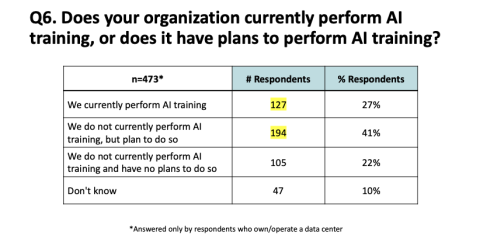
 Andy Lawrence
Andy Lawrence
 Jay Dietrich
Jay Dietrich

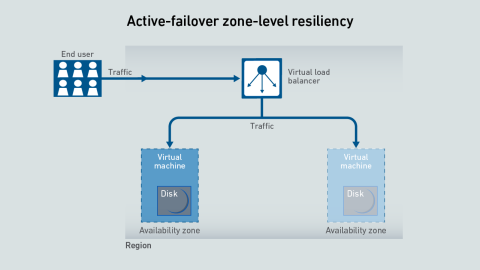
 John O'Brien
John O'Brien
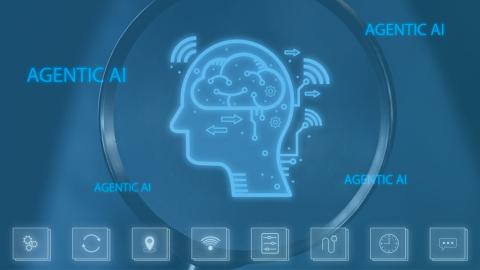

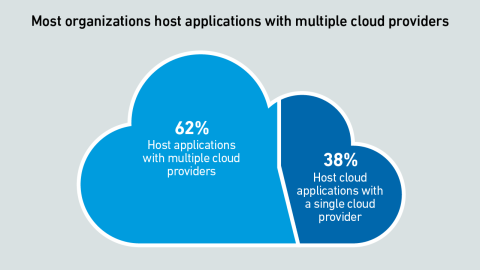

 Max Smolaks
Max Smolaks
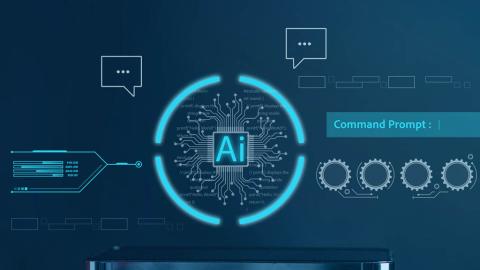

 Peter Judge
Peter Judge
